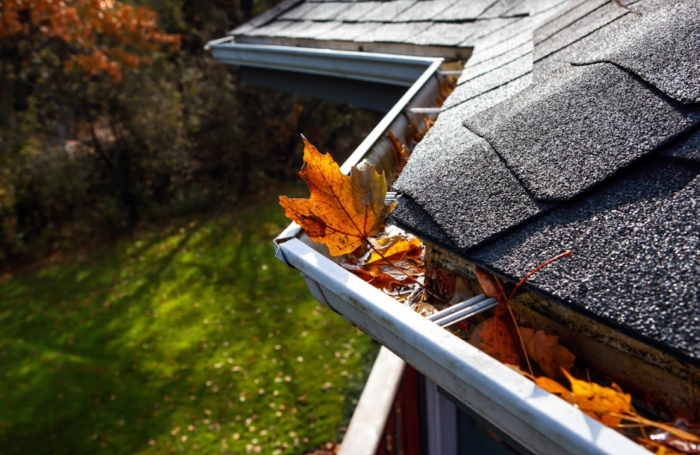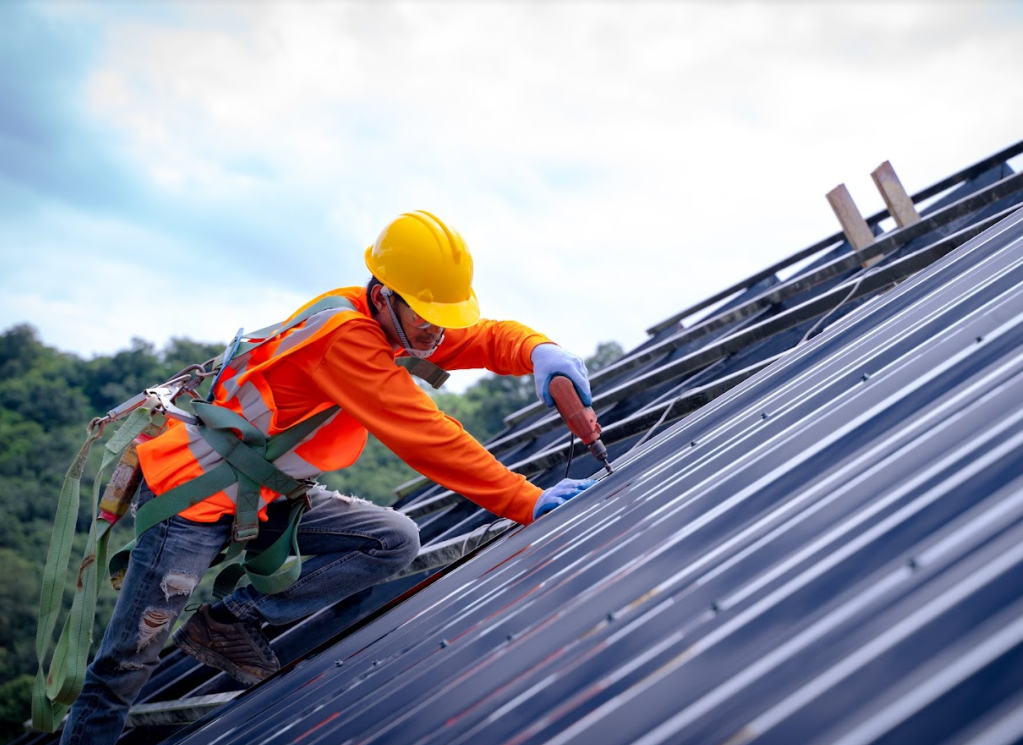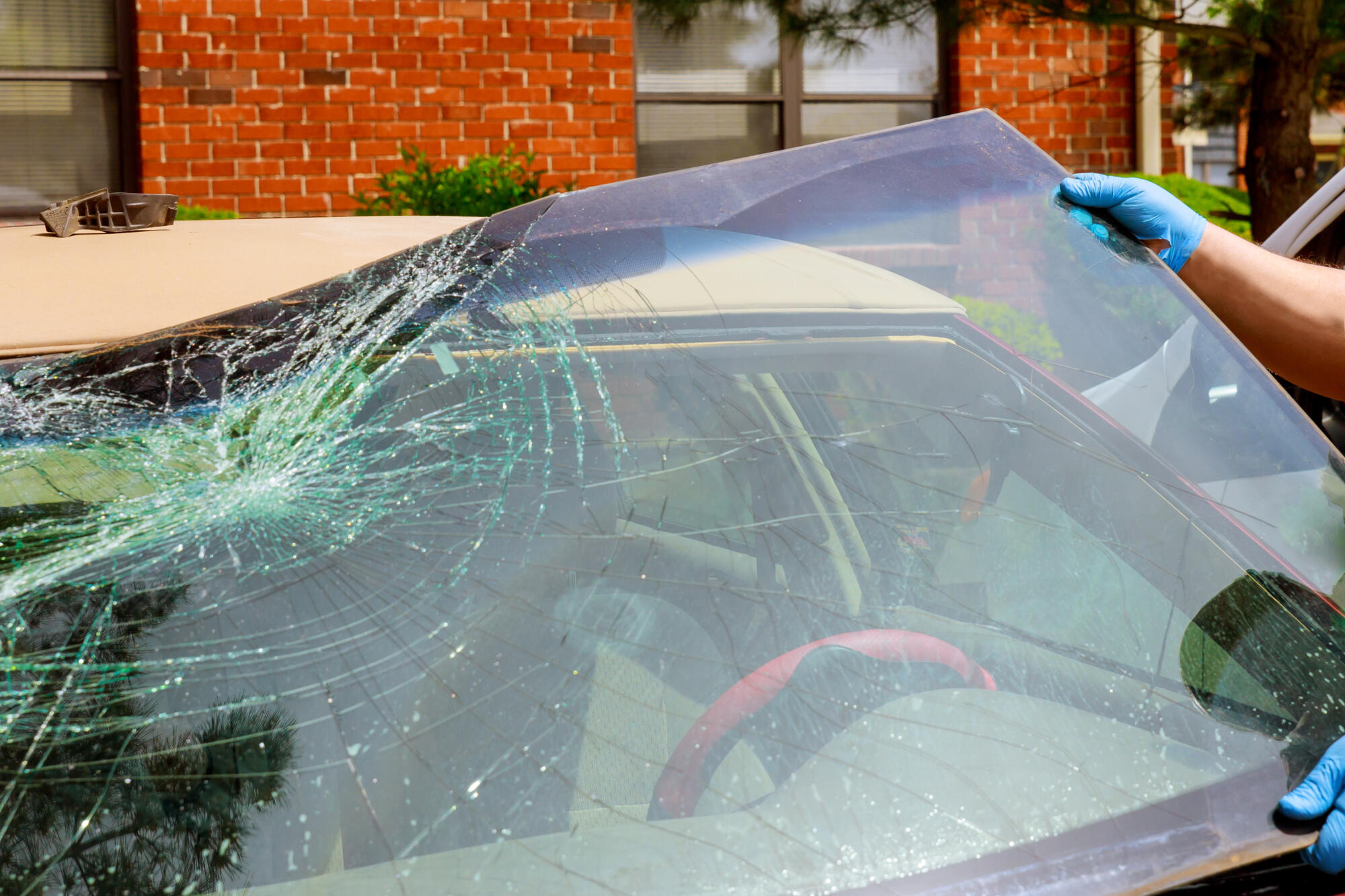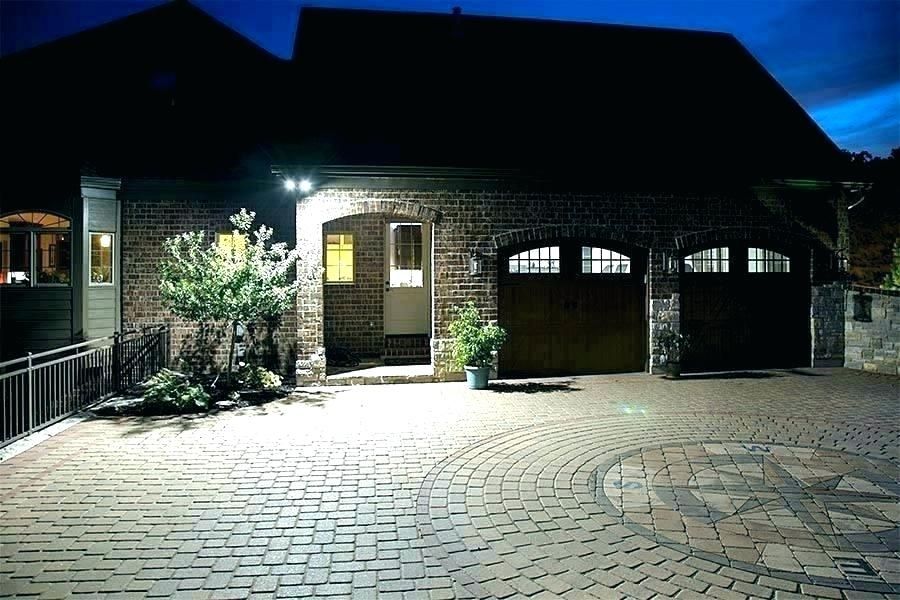The roof is a crucial element of your home that protects you, your family, and your belongings against the elements throughout the year. Whether you have a brand-new roof or an aging one, it’s vital to ensure it stays in good shape for years to come.
As a homeowner, you must be aware that you’ll need to replace the roof at some point, which can be a daunting task. Roof replacement costs in Cambridge and similar locations can be pretty expensive, which is one reason most residents are doing everything they can to ensure their current roof lasts.
Once you spot even seemingly minor roof issues, make the right move by calling a professional. If you want to learn more about the available roofing repair services in your area, it would help to check out several reliable roofing repair Cambridge providers. Here are several other ways to prolong the life span of your roof.
Clean The Gutters
The gutters require regular cleaning to prevent the development of leaks in the long run. When the channels in your house are clogged, this can result in ruined paint on the siding and a damp basement. If the leaves or debris in the gutters pile up excessively, the water can wick into the roof sheathing and cause it to rot.
If you end up with this type of damage, it can be a costly ordeal. The simplest way to prevent the issue is to clean the gutters during fall and spring. When you have trees close to your home, it’s best to trim down heavy tree limbs that contribute to the debris in the gutters and might even brush against the roofing materials. You can tackle the cleaning task if you’re comfortable working on a ladder; otherwise, feel free to hire a professional.
Provide Proper Insulation
Proper insulation helps prevent ice dams that contribute to leaks, especially in areas where the roofing planes meet. Once the upper layer of snow melts on the roof, it drips off. If the recessed lighting in a cathedral ceiling lacks proper insulation, the heat can liquify the snow and ice below. The ensuing moisture can seep through the nail holes and steadily damage the roof’s decking.
After consulting a professional, the roofer is likely to install a self-adhesive membrane that provides protection against water and ice on specific sections of the roof.
Cut Down Overhanging Tree Limbs Or Branches
As a preventive measure, regular tree trimming will go a long way in preventing the buildup of leaves and damage to your roof. The leaves and tree limbs that come in contact with the roof can damage the shingles over time, especially during windy conditions.
Overhanging branches give squirrels and other rodents easy access to your roof. You might not know it, but they might be gnawing on your roof and siding. Make sure that the branches are at least 10 feet away from the roof to keep these pests away.
Remove Leaves On The Roof
Depending on your house’s roof type and landscaping arrangement, you need to remove leaves that might accumulate on your roof. When you have towering trees close to your home, you’ll end up with piles of leaves, especially in the roof valleys or near the chimneys. If you overlook this task, the leaves will trap moisture and steadily decompose, allowing moisture to build up in your roof or create a suitable environment that’ll enable weeds to grow.
If you have a one-story home with a low-sloping roof, you might be able to use a soft brush on a telescoping pole to remove the leaves. You can also utilize a leaf blower tool on dry leaves, but you have to go up the roof.
When you’re dealing with wet leaves or a deep pile, wash them away using a garden hose. Avoid using a pressure washer since it would force water under the shingles.

Prevent The Formation Of Ice Dams
If ice buildup constantly occurs on the roof, it’s best to remove some or all of the snow to prevent any leaks in your home. Don’t pry away the ice that has already formed since you’re likely to damage the roof.
It would be best to use a roof rake to loosen up the snow within three or four feet of the gutters. You should get a telescoping pole and work from the ground if you find heights uncomfortable. If there’s a need to use a ladder, work at an angle so the falling snow will not push you over.
The formation of ice dams is typically due to poor ventilation and air leaks into the attic. As the storm passes, you should deal with these issues as well.
Remove Moss
When you’re facing moss growth on your roof, it’s an issue that requires immediate action since it traps water that can damage the shingles over time. If there’s a significant buildup of moss, eliminate it using products containing potassium salts of fatty acids. Apply on areas where the moss is growing, and prevent the wash water from moving into the storm drains. Try to avoid using toxic formulations with zinc sulfate.
After eliminating the moss on the roof, invest in zinc strips to prevent regrowth. You can hire a roofer to install the strips on the top part of the roof. As it rains, the water flowing down from the strips would inhibit the growth of moss.
Avoid Power Washing The Shingles
Although power washing can provide quick results, that outcome might not apply to the roof. The concentrated force can easily loosen the granules from the top coating of the shingles.
If you want to ensure that the roof is thoroughly clean, you can work with a professional who’ll manually remove the dirt and moss or utilize a leaf blower.
Conclusion
The roof of your home is a significant investment. Even if yours is already old, it’s crucial to make it last longer with regular roof maintenance. Remember that a replacement can be costly, which is why taking care of your roof is a must. These tips can serve as a guide to help you with the upkeep of your roofing system so you can maximize its use for as long as possible.






